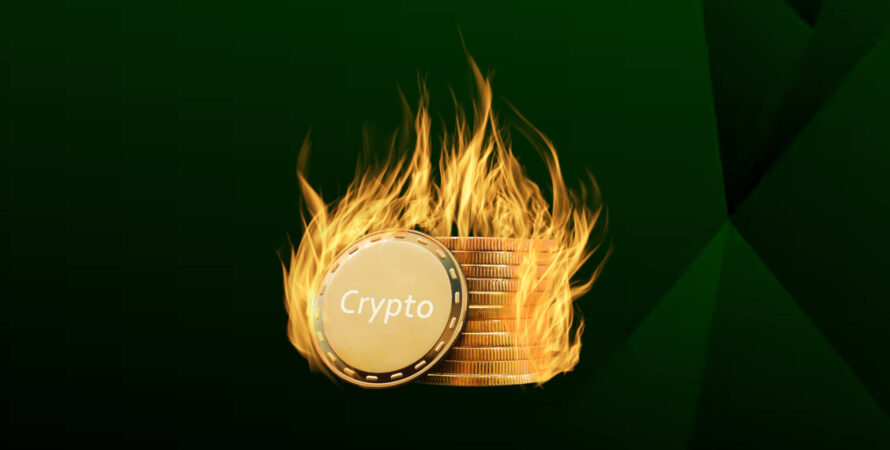- This buyback-and-burn tactic recalled the ongoing neglect of the method in this digital currency market.
- Major explanations for the growth of its popularity.
The buyback-and-burn process has established enormous appeal across the ever-changing arena of digital currencies. The method recently opted for multiple crypto customers includes stealing personalized tokens from the scene afterward scorching them. The following article looked into why this means of gambling has started to become somewhat rare among cryptocurrency consumers, as well as the inherent positive aspects it provides.
Demystifying the Buyback-and-Burn Strategy
The buyback-and-burn strategy is fairly straightforward but holds significant implications for token economics. It begins with a cryptographic design using a portion of its gains or reserves to buy back its own tokens from the open request. These tokens are also removed from the rotation, effectively reducing the total force. This process is frequently referred to as “burning” tokens as they’re transferred to a wallet address that’s unspendable or provably inapproachable.
The Rising Relinquishment in Crypto Gambling
In past years, an increasing assortment of crypto traders have embraced the buyback-and-burn performance as an essential feature within their tokenomics. The aforementioned approach has been successfully deployed by the biggest cryptocurrencies, especially Binance Coin (BNB) and Huobi Token (HT), to improve the argument for the purchase offered by their tokens. Crypto exchanges like Binance regularly allocate a portion of their gains to buy back BNB commemoratives, later burning them. This not only reduces the circulating force but also creates failure, driving up demand and potentially adding to the commemorative’s value.
Why Is Buyback-and-Burn Gaining So Much Popularity?
Several compelling reasons uphold the growing popularity of the buyback-and-burn approach.
- Failure and Value Appreciation: By reducing the circulating force, the buyback-and-burn strategy creates failure, which can drive up demand and potentially lead to price appreciation. Token holders profit from the added value of their effects.
- Coordinating Goals: It relates token holders’ motivation to the shape of the design themselves. Once a design deliberately brings back and burns coins, it indicates that it’s committed to the purchasing power associated with its token and the piece’s enduring success.
- Token Utility: Scarcer tokens frequently have enhanced mileage within their separate ecosystems, as they’re more likely to be used for deals, staking, or governance. This can drive further relinquishment and mileage for the token.
The Last Passage
After that, the buyback-and-burn methodology is now established as an increasingly popular strategy amongst crypto players, who enjoy bumping up the appraised value of their own tokens. Furthermore, as identified by the further expansion of this strategy’s being left behind by leading figures in the space of cryptocurrencies, it provides a persuasive answer to the problems associated with token breakdown, market appreciation, and reconciling passions between the conception and stakeholders.
As the space for digital currencies evolves, it is apparent that the conventional buyback-and-burn utilization will remain, providing a palm-to-palm setting among the two cryptosystems and the people they serve. This method helps not just patrons but also the more general ecosystem, indicating an industry norm to follow in the continually shifting world of cryptocurrencies.




